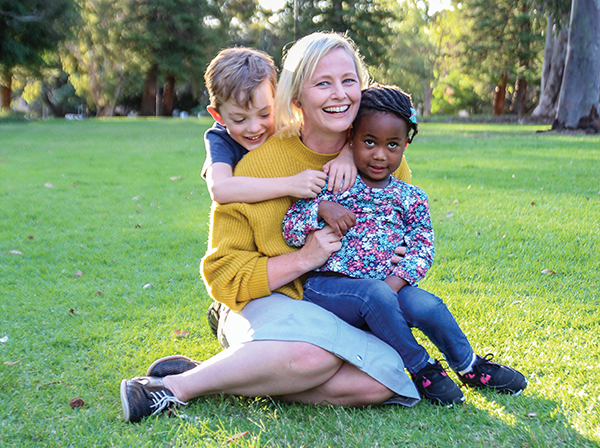Search
Research
End-inspiratory molar mass step correction for analysis of infant multiple breath washout testsWe aimed to evaluate the use of the EIMM-step method in a broad range of infants.
Research
Lung function in African infants in the Drakenstein child health study impact of lower respiratory tract illnessEarly life lower respiratory tract illness impairs lung function at 1 year, independent of baseline lung function
Research
Key paediatric messages from the 2016 european respiratory society international congressIn this article, the Group Chairs of the Paediatric Assembly of the European Respiratory Society (ERS) highlight some of the most interesting abstracts presented at the 2016 ERS International Congress, which was held in London.
Research
Early respiratory viral infections in infants with cystic fibrosisEarly viral infections were associated with greater neutrophilic inflammation and bacterial pathogens
Research
Changes in the FEV/FVC ratio during childhood and adolescence: an intercontinental studyIn children, the ratio of forced expiratory volume in 1 s (FEV₁) to forced vital capacity (FVC) is reportedly constant or falls linearly with age...

The Foundations of Lung Disease Team is focused on improving the diagnosis, treatment, and lifelong care of childhood lung disease.

People
Associate Professor Shannon SimpsonHead, Strong Beginnings Research, Co-head Foundations of Lung Disease
Research
Lung volume and ventilation inhomogeneity in preterm infants at 15-18 months corrected ageTo assess whether lung volume and ventilation inhomogeneity in preterm infants at 15-18 months corrected age

News & Events
The Kids Research Institute Australia welcomes tough new measures to save kids from vapingThe Kids Research Institute Australia strongly supports the Federal Government’s announcement today to introduce a suite of reforms aimed at banning non-prescription vaping products in Australia.

News & Events
Lung problems continue into childhood for premmie babiesNew research from Perth’s The Kids Research Institute Australia shows that babies born premature continue to have lung problems well into childhood.
